1. Florida’s gated condo havens
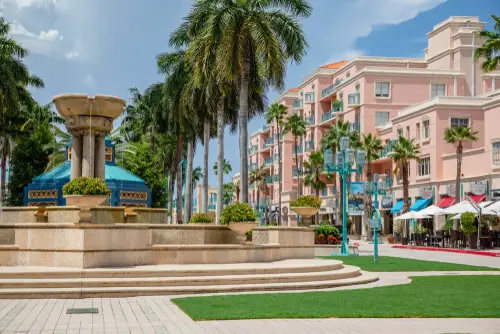
If you’ve ever lived in or near a gated condo development in Florida, you know the HOA often runs the show—from approving your front door color to deciding how long your holiday lights can stay up. Residents have shared stories of being fined for something as small as leaving trash cans out a few hours too long. Some communities even have HOA patrols that drive around just to spot violations. If the HOA wasn’t your local government, you might swear it was anyway.
In these neighborhoods, you can’t just change a mailbox without someone noticing. Landscaping rules are often stricter than city ordinances, down to the type of grass allowed. This tight control is part of why HOAs there have such a strong reputation. People sometimes joke that they’d rather take their chances with a city code inspector than an HOA committee.
2. Whitney Ranch, Rocklin, California
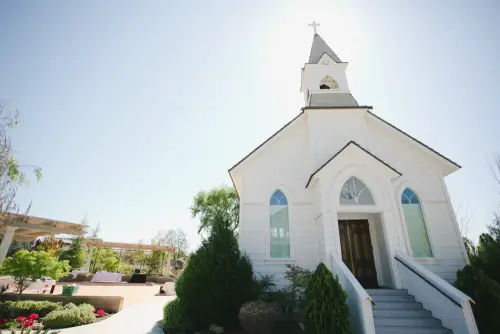
In Whitney Ranch, residents have talked about getting letters demanding they add mulch or move a basketball hoop from the driveway. The HOA’s enforcement style can feel relentless, with reports of representatives driving by to take pictures of noncompliant properties. It’s the kind of constant oversight that feels far more personal than a city inspector visit. The level of monitoring here makes the HOA feel like a mini city hall.
Local government in Rocklin may set zoning and safety rules, but the HOA can control the details of everyday life. They can dictate holiday decoration timelines, approve paint colors, and decide what counts as an “acceptable” fence. These rules can be changed internally without going to a public vote. That’s a level of control most city councils could only dream of.
3. Sun Belt suburbs with mega-HOAs
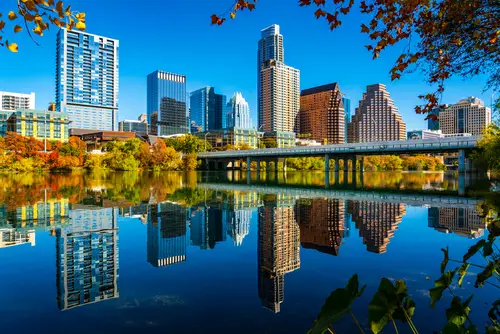
Across planned communities in the Sun Belt—especially in parts of Texas, Arizona, and Georgia—mega-HOAs manage huge swaths of neighborhoods. These associations have their own budgets, boards, and sometimes even security patrols. They set rules for lawns, driveways, and exterior paint, often with more precision than any municipal code. If you break the rules, they can fine you or place a lien on your home.
For many residents, these HOAs are more visible than the actual city government. The HOA decides whether you can park your RV, keep chickens, or install certain landscaping features. The city might never notice, but your HOA will. It’s no wonder people sometimes forget which authority technically has the final say.
4. Rapidly-growing exurban neighborhoods
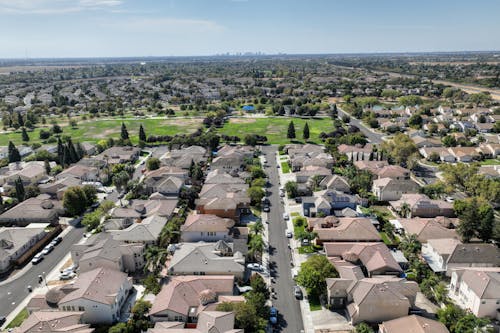
In fast-growing outer suburbs, HOAs often step in where cities haven’t yet expanded their services. They maintain roads, streetlights, parks, and even storm drains that the municipality hasn’t taken over. This makes them both the enforcer of rules and the provider of infrastructure. In these areas, the HOA is not just a set of rules—it’s a functioning service provider.
The result is a community that depends on the HOA more than the city. Residents might never deal with the local government unless they need a permit. But they deal with the HOA every month for maintenance fees, rule enforcement, and service updates. Over time, it’s easy to feel like the HOA is the real power center.
5. Communities with private zoning powers
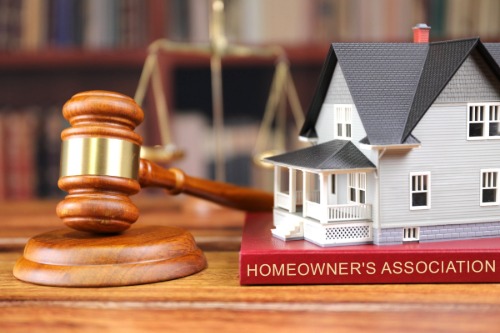
Some HOAs have rules that function like private zoning codes, deciding what kinds of buildings or uses are allowed. They might ban certain rental arrangements, block accessory dwelling units, or limit exterior changes. These decisions can shape the neighborhood’s character just as much as a city zoning board would. The difference is that they can do it without the same public process.
This gives HOAs a unique level of influence over property rights. In many cases, their restrictions can be stricter than municipal ones, with little opportunity for residents to appeal. It’s a way of managing land use that feels a lot like government—but without elections for all affected citizens. When the HOA board says “no,” it can be harder to change their mind than a city council’s.
6. The Villages, Florida
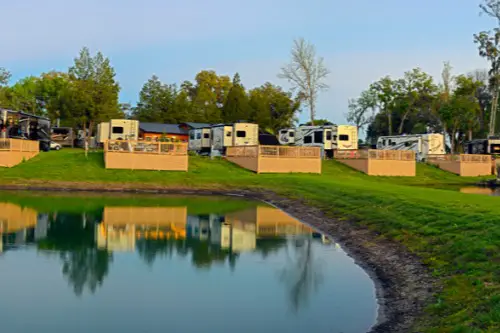
The Villages is famous for its scale and its strict HOA-style deed restrictions. With over 100,000 residents spread across multiple neighborhoods, the developer-controlled boards enforce everything from lawn ornaments to garage door colors. The rules here aren’t just suggestions—they’re baked into the community’s identity. Residents joke that you can get in more trouble for an unapproved shrub than for speeding.
Because it’s such a self-contained community, The Villages’ governing bodies act almost like their own city. Many residents interact more with the community’s management than with county officials. Whether it’s approving construction changes or scheduling community events, the local HOA has the last word. That makes it one of the clearest examples of HOA dominance in the U.S.
7. Anthem, Arizona

Anthem is a master-planned community outside Phoenix that comes with layers of HOA oversight. The association handles landscaping, street maintenance, recreation facilities, and, of course, a long list of design rules. Residents have been fined for parking in the wrong place or failing to get permission for a backyard shed. If you want to make changes to your home, you’ll need the HOA’s blessing.
What makes Anthem stand out is how seamlessly the HOA fills roles that in other towns would be managed by local government. It collects fees that function a lot like taxes, and it uses those funds to maintain community infrastructure. The board meetings can feel like city council meetings, complete with resident complaints and policy debates. The difference is, this “council” can decide the color of your trim.
8. Reston, Virginia
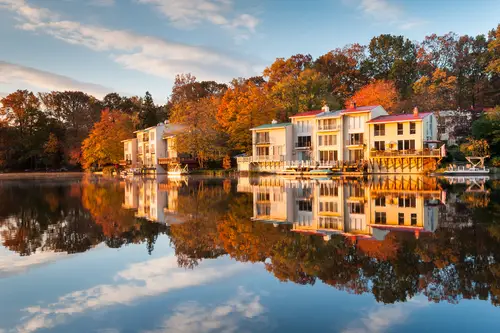
Reston is often praised for its planned-community vision, but that vision comes with significant HOA involvement. The Reston Association maintains miles of paths, pools, tennis courts, and common areas, funded by annual assessments. It also has architectural guidelines that cover everything from siding materials to fence styles. You’ll hear residents say the HOA’s say-so matters more than Fairfax County’s.
With such a large membership, the Reston Association operates more like a municipal department than a private group. Its decisions directly affect property values and residents’ daily routines. If a homeowner wants to make a change, they might find themselves in a formal review process that feels like a zoning hearing. That makes the HOA an everyday authority in people’s lives.
9. Seaside, Florida
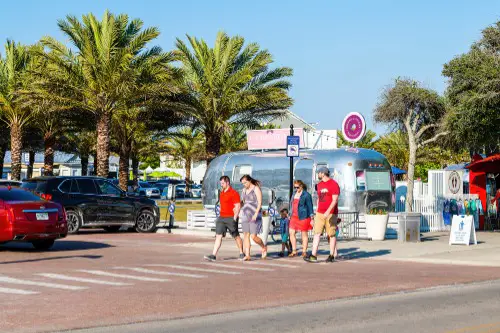
Seaside is the poster child for “New Urbanism,” with pastel houses and perfect picket fences. That perfection isn’t accidental—it’s enforced through one of the strictest sets of HOA rules in the state. Everything from porch railings to paint shades is regulated to preserve the town’s iconic look. Even minor changes have to fit the master design code.
While Walton County handles public services, the HOA here manages the brand and aesthetic of the entire community. It acts as a gatekeeper for property changes, rentals, and signage. Tourists might just see a pretty beach town, but residents know the rules that make it possible. In Seaside, the HOA’s vision is the law of the land.
10. Columbia, Maryland
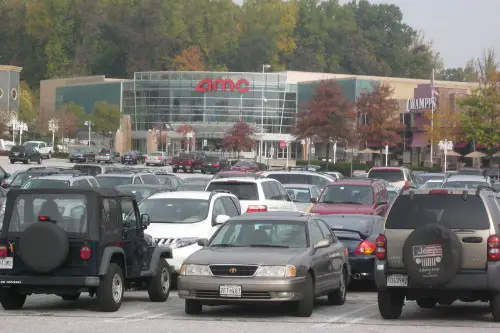
Columbia was built as a collection of villages, each with its own homeowners association. Together, they fall under the Columbia Association, which controls community amenities, maintenance, and strict covenant enforcement. Want to repaint your house? You’ll be checking the approved color list first. The goal is uniformity, but it comes with constant oversight.
The Columbia Association operates with the scope of a small city’s parks and recreation department. It runs pools, sports facilities, and community centers, funded by annual fees. It also has the authority to levy fines for violations, which can escalate quickly. For many residents, it’s the HOA—not the county—that’s the main authority they interact with.
11. Summerlin, Nevada

Summerlin is a sprawling master-planned community in Las Vegas with multiple HOAs layered on top of each other. The master association handles big-picture amenities and design standards, while sub-HOAs oversee individual neighborhoods. This means you can be subject to two sets of rules at once. Break them, and you’ll hear from both boards.
Because of its size and structure, Summerlin’s associations have huge budgets and influence. They coordinate landscaping, security, and community events, effectively running many aspects of local life. For residents, the HOA’s rules and decisions often feel more immediate than city ordinances. It’s local government—without being called local government.
12. Celebration, Florida
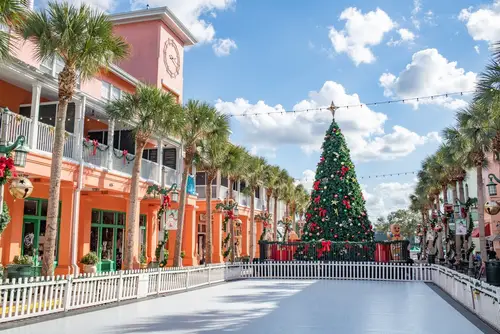
Originally developed by Disney, Celebration has an HOA that’s as polished as the town’s streetscapes. The rules cover everything from lawn care to holiday decorations, ensuring the “storybook” look never wavers. Even garage sales are subject to approval. It’s all part of maintaining the community’s carefully crafted image.
The HOA here isn’t just about aesthetics—it also oversees certain services and events. Residents pay fees that go toward amenities and upkeep, much like municipal taxes. With such a visible role in daily life, the HOA feels like an ever-present civic authority. And like Disney itself, it’s known for keeping things exactly as it wants them.
13. Irvine, California
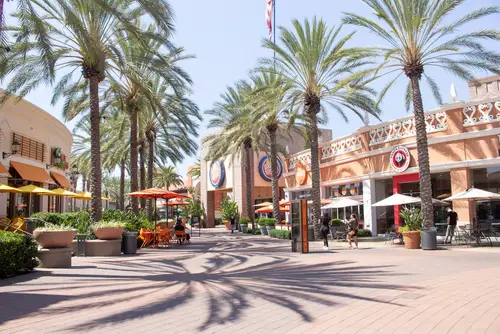
In Irvine, many neighborhoods are governed by HOAs that enforce design guidelines with almost surgical precision. Homeowners can be told to replace a roof shingle or move a trash bin to stay compliant. The city’s own ordinances are often less specific than these community rules. That leaves residents feeling the HOA has more bite than the municipality.
Irvine’s planned layout means HOAs also control parks, pools, and trails within their borders. This gives them a hand in shaping the public life of the neighborhood, not just private property. They manage budgets worth millions, making them significant local players. For some homeowners, their HOA board meeting matters more than any city council vote.
14. Highlands Ranch, Colorado
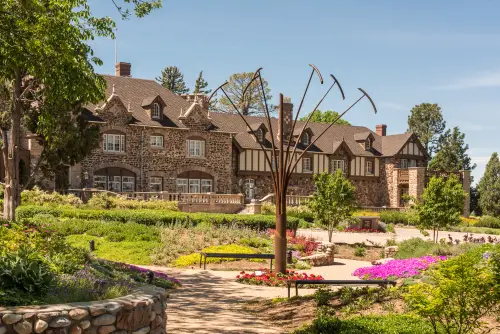
Highlands Ranch has one of the largest master-planned community associations in the country. It oversees everything from recreation centers to snow removal on private streets. The HOA also enforces detailed property standards, covering landscaping, paint, and even holiday lights. Violations can rack up fees quickly.
Because the HOA here provides so many services, it often stands in for local government in residents’ minds. You might pay your county taxes, but your daily quality of life depends on the association. It hosts events, manages amenities, and sets rules that shape the community’s character. In many ways, it’s a privately run city.
15. Lakewood Ranch, Florida

Lakewood Ranch is a massive development with a network of HOAs overseeing its villages. They maintain the pristine landscaping, coordinate events, and keep amenities spotless. But they also enforce rules that govern everything from mailbox design to driveway materials. The community’s polished look comes at the cost of strict oversight.
Residents here deal with their HOA far more than the county government. The association collects fees, enforces rules, and runs many of the services people use every day. This makes it a dominant presence in local life. In some ways, it’s like living in a private municipality.
16. The Woodlands, Texas
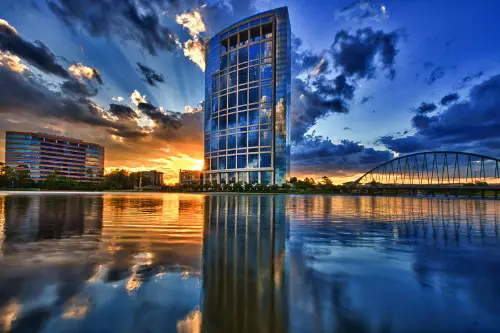
The Woodlands is technically a township, but its governance structure gives community associations tremendous influence. These associations handle parks, trails, and neighborhood aesthetics, while also enforcing detailed property covenants. Many residents see them as the primary authority in their daily lives. That’s especially true for anything involving property use.
With a population rivaling that of a small city, The Woodlands’ associations manage massive budgets and long-term planning. They can approve or deny changes that affect home values and community appearance. Residents may still vote in county elections, but the HOA’s decisions often have a more direct impact. It’s local government in all but name.
This post 16 Places Where the HOA Has More Power Than the Local Government was first published on American Charm.


